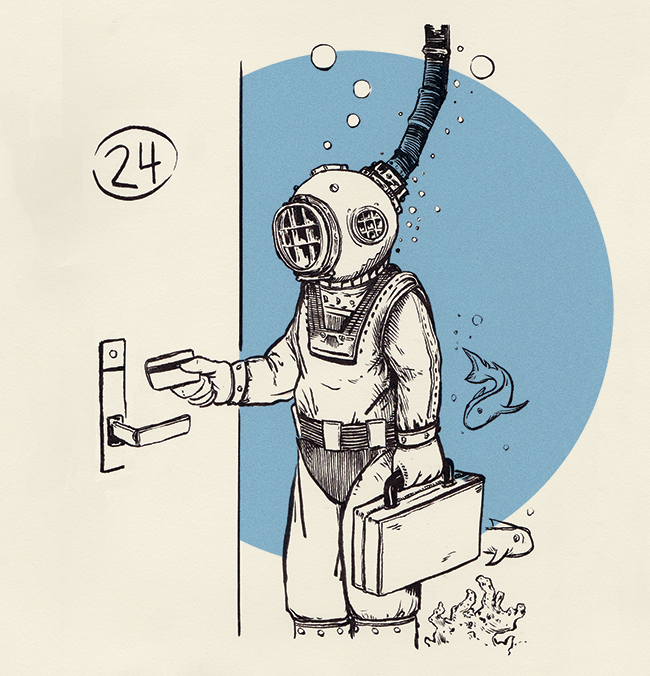ZEITGUIDE TO BLOCKCHAIN

Not the sexiest subject you want to learn about as you head to the beach, but we want to tell you first – that BLOCKCHAIN will be the next big thing.
So big, that IT experts surveyed by the World Economic Forum recently predicted that by 2025 10% of global GDP will be stored on blockchain platforms.
You may have heard of it in the context of Bitcoin – as it is the technology behind the digital currency.
But it’s bigger than that, and not just for money, but for any type of transaction, whether its intellectual property or personal data.
Harvard Business Review seems to define Blockchain most simply:
“At its most basic, blockchain is a vast, global distributed ledger or database running on millions of devices and open to anyone, where not just information but anything of value – money, titles, deeds, music, art, scientific discoveries, intellectual property, and even votes – can be moved and stored securely and privately.”
What’s great about it is that, as the same article explains, “trust is established, not by powerful intermediaries like banks, governments and technology companies, but through mass collaboration and clever code. Blockchains ensure integrity and trust between strangers. They make it difficult to cheat.”
Blockchain enables the internet to become what its creators envisioned: an unencumbered exchange.
As mentioned, the first public application of blockchain was Bitcoin, the digital currency that is not controlled by any central bank. These can be used to buy anything from pizza, to coffee, to even a flight to space.
Other examples of blockchain in action include a virtual notary public that stores contracts, the TransActive Grid project in Brooklyn where homeowners buy and sell solar power generated electricity from each other, GEM based secure, universal healthcare records, health data transport, claims-processing and management, HYPR+BitGo’s biometric security solution that enables decentralized and secure password-less authentication across mobile, desktop and IoT systems, and a censor-resistant version of Twitter dubbed twister. Eventually companies may extend the reach of blockchain to track intellectual property (like music); record payments for sharing-economy platforms; control data being generated by the Internet of Things; and even “store” or sell physical objects rendered as 3D printing data.
Why is blockchain going to enter more conversations?
“Blockchain is the first native digital medium for value, just as the internet was the first native digital medium for information. And this has big implications for business and the corporation,” says HBR.
Stay tuned….
(Thanks to ZEITGUIDE friend, Jas Dhillon, for helping us with this one).
